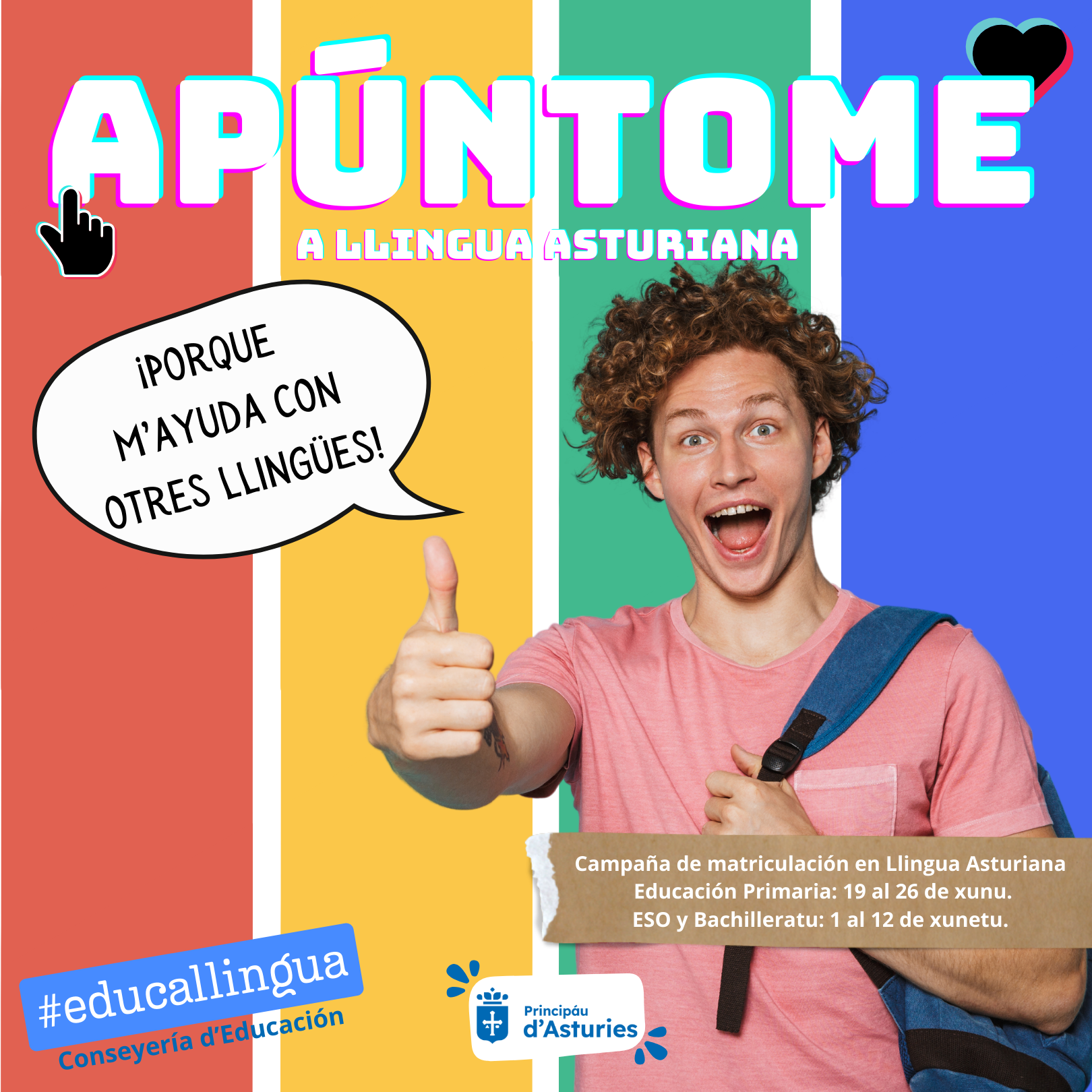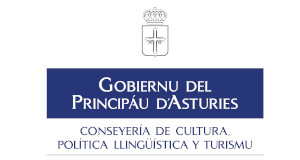Agriculture





The Asturian countryside has always, up to this century, been
anything but homogenous agriculturally, full of complications as a result
of being based on the subsistence farming of various crops centred all upon
an agricultural area organised into differentiated elements, in which the
ería or sienra (bread fields) were the fundamental reference point
for a system of farmed terraces, most of which belonged to the Church and
the primogeniture of the aristocracy. Agricultural activity revolved around
the quintana, the nucleus of family life encompassing the house and the
auxiliary buildings of the hórreo, or stilted granary; the stable,
the barn for the storage of straw, the allotment and an area of free space
called the antoxana, in which odd jobs were done, and the facinas or varas;
bales of straw, were stored. Also forming part of the quintana or designated
area was to be found the llosa or cortina, generally an orchard for apples
and other fruit trees and sometimes for flax and barley, etc.
Various of these quintanas grouped together to form the village or hamlet,
generally on the least productive lands, and the agricultural space was
organised around them. The erías, lands dedicated to the cultivation
of cereals such as wheat, especially in that strain which is well adapted
to the atlantic climate, began to be employed for the planting and cultivation
of corn, which is in itself easy to produce and which allows other crops
such as peas, beans, maize, etc, to be harvested in rotation with it. These
fields were generally situated below the village or hamlet, at a lower altitude;
especially the well-watered ones, whilst above the settlement the fields
were enclosed by trees or bushes, normally hazels, to differentiate them
from the abertales or common pastures. Although the mountains themselves
were fundamentally spaces reserved for farming and forestry, they were also
subjected to enclosure and exploited thus agriculturally. The village council
in open session would divide it into allotments which could be worked agriculturally
by individuals, whilst the mortera was that part of the mountainside reserved
for collective labour and cultivation, principally that of wheat and rye.
It may be seen, then, that this was a very poor peasant economy with a fundamentally
vegetarian diet based on bread (later on boroña made from corn),
beans or vegetable stew, with treats in the form of meat very few and far
between, not forgetting of course chesnuts, which were until recently extremely
important in this respect. Cheeses, lards and butters were usually destined
for the small local market, and milk for the children and old people.









